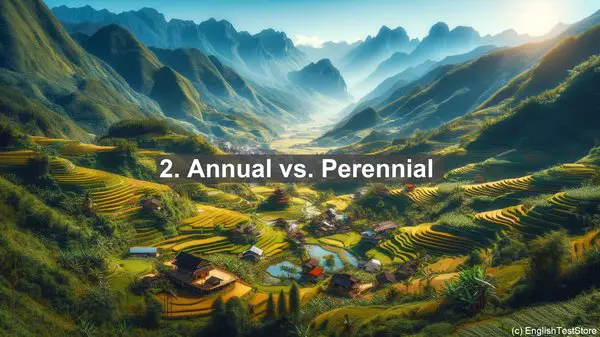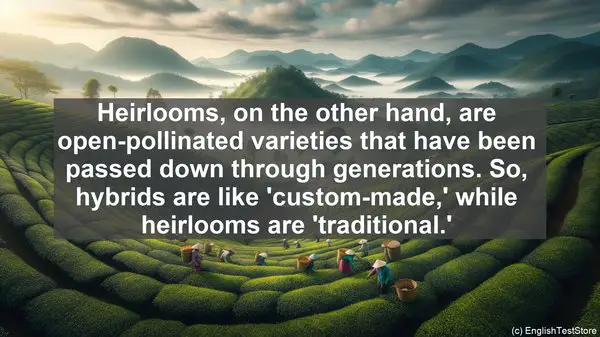Introduction
Hello everyone, and welcome back to our horticultural science series. Today, we have an interesting topic lined up for you. We’ll be discussing the top 10 words that often create confusion among students. So, let’s dive right in!
1. Pollination vs. Fertilization
While these terms are related to plant reproduction, they have distinct meanings. Pollination refers to the transfer of pollen from the anther to the stigma, while fertilization is the fusion of the male and female gametes, resulting in seed formation. So, pollination is like the ‘delivery’ of pollen, and fertilization is the ‘union’ of gametes.
2. Annual vs. Perennial
When it comes to plant lifecycles, these words often cause confusion. Annual plants complete their life cycle within a year, from seed to flower to seed. On the other hand, perennials live for multiple years, with flowers and seeds produced in each cycle. So, annuals are like ‘one-time performers,’ while perennials are ‘everlasting.’

3. Pruning vs. Trimming
Both these activities involve cutting plant parts, but they serve different purposes. Pruning is the selective removal of branches or stems to shape the plant, promote growth, or remove diseased parts. Trimming, on the other hand, is a more general term used for cutting any overgrown or unwanted plant parts. So, pruning is like ‘precision cutting,’ while trimming is ‘general maintenance.’
4. Hybrid vs. Heirloom
When it comes to plant varieties, these terms often lead to confusion. Hybrids are the result of cross-pollination between two different plant varieties, resulting in offspring with specific traits. Heirlooms, on the other hand, are open-pollinated varieties that have been passed down through generations. So, hybrids are like ‘custom-made,’ while heirlooms are ‘traditional.’
5. Xylem vs. Phloem
These are the two types of vascular tissues in plants. Xylem is responsible for transporting water and minerals from the roots to the rest of the plant, while phloem transports sugars and other organic compounds. So, xylem is like the ‘water highway,’ while phloem is the ‘sugar expressway.’

6. Stamen vs. Pistil
These are the male and female reproductive parts of a flower, respectively. The stamen consists of the anther, which produces pollen, and the filament, which supports it. The pistil, on the other hand, consists of the stigma, style, and ovary, where fertilization takes place. So, stamen is like the ‘pollen factory,’ while pistil is the ‘reception and fertilization center.’
7. Rhizome vs. Tuber
These are types of plant stems that store nutrients. A rhizome is an underground stem that grows horizontally, giving rise to new shoots and roots. Examples include ginger and turmeric. A tuber, on the other hand, is an enlarged underground stem that stores nutrients, like in potatoes. So, rhizomes are like ‘horizontal storage units,’ while tubers are ‘vertical nutrient banks.’
8. Transpiration vs. Evaporation
Both these terms relate to the loss of water, but they occur in different contexts. Transpiration is the loss of water vapor through the stomata of plant leaves, while evaporation is the conversion of liquid water into vapor, usually from non-living surfaces. So, transpiration is like ‘plant sweating,’ while evaporation is ‘water disappearing into thin air.’
9. Cultivar vs. Variety
These terms refer to different types of cultivated plants. A cultivar, short for ‘cultivated variety,’ is a plant that has been selected and bred for specific traits. A variety, on the other hand, is a naturally occurring plant type with distinct characteristics. So, cultivars are like ‘man-made creations,’ while varieties are ‘nature’s gifts.’
10. Dormancy vs. Quiescence
These terms describe periods of reduced activity in plants. Dormancy is a state of suspended growth, often in response to unfavorable conditions like winter. Quiescence, on the other hand, is a temporary pause in growth, usually due to environmental factors. So, dormancy is like ‘deep sleep,’ while quiescence is ‘taking a short nap.’
